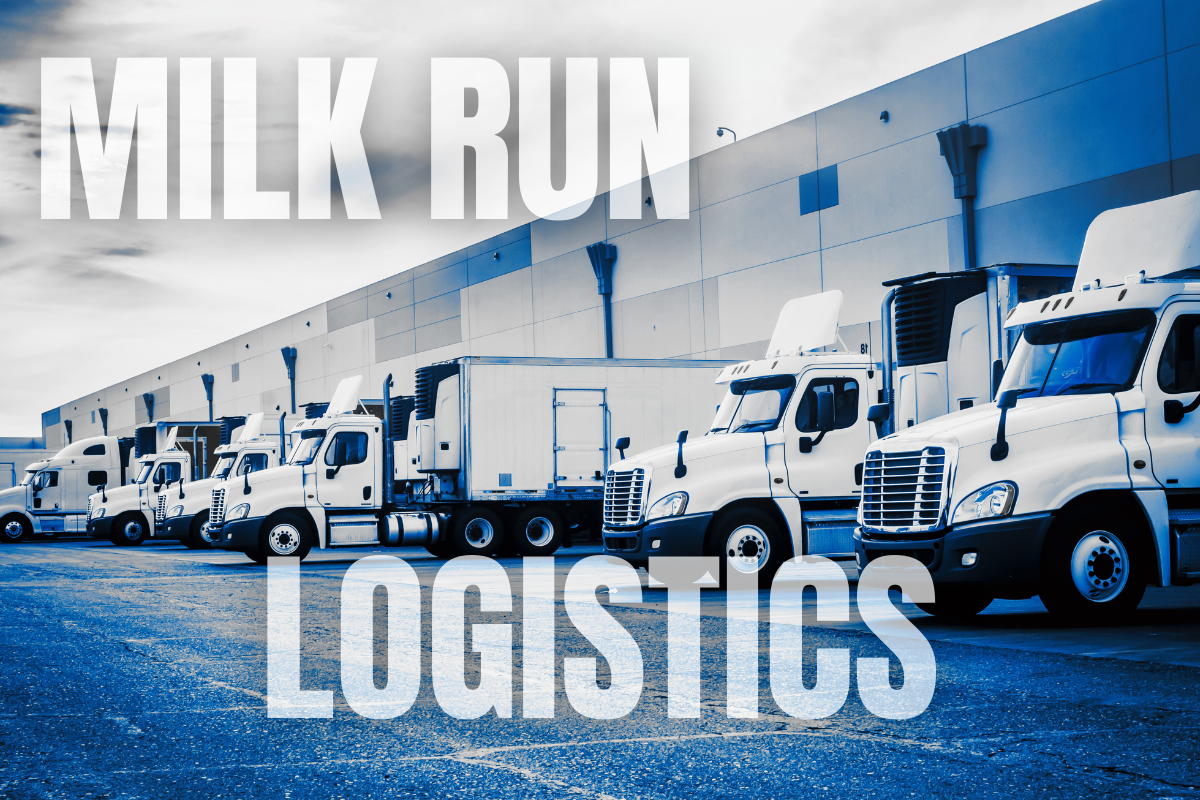Running a trucking business isn’t just about getting from point A to point B, it’s about keeping everything in motion. Between managing drivers, fuel costs, maintenance schedules, and customer deadlines, there’s a lot to juggle. That’s where FLEET MANAGEMENT makes all the difference. It brings everything together in one place, helping you run smarter, safer, and more efficiently. At Native American Logistics, we’ve seen firsthand how the right fleet management strategy can turn daily challenges into real opportunities for growth.
Here are the top 10 ways fleet management can strengthen your operation and give your business a true competitive advantage.
1. Improved Efficiency
Efficiency is the heart of every successful fleet. Fleet management tools allow logistics providers to streamline operations by analyzing data in real time and making quick, informed adjustments.
By optimizing routes, reducing idle time, and tracking fuel consumption, these systems ensure trucks spend more time moving freight and less time sitting still. Advanced routing software finds the fastest and most fuel-efficient paths, saving both time and money.
When every minute counts, fleet management helps carriers stay ahead, turning small improvements into big results.
2. Enhanced Safety
Safety is more than compliance; it’s a culture. Fleet management systems help reinforce that culture by monitoring driver behavior and vehicle performance around the clock.
From detecting harsh braking and speeding to sending real-time alerts, these tools allow managers to address unsafe habits before they cause accidents. Vehicle diagnostics can also identify maintenance issues early, preventing breakdowns or failures that could put drivers at risk.
At NAL, safety is a priority built into every mile. A well-managed fleet keeps both drivers and cargo protected, ensuring peace of mind for everyone on the road.
3. Better Compliance
Regulatory compliance can be a challenge, especially with changing industry standards. Fleet management solutions make it easier by automatically tracking driver hours, maintenance logs, and inspection reports.
Electronic Logging Devices (ELDs) and Hours of Service (HOS) monitoring help ensure drivers stay within legal limits, avoiding fines or shutdowns. Digital recordkeeping also saves time during audits and keeps data organized and accessible.
With compliance handled by technology, carriers can focus on keeping their trucks running efficiently and their customers satisfied.
4. Increased Productivity
Fleet management technology gives companies the visibility they need to operate at peak productivity. Real-time tracking lets dispatchers see where every vehicle is, which means they can reroute drivers, reassign loads, or adjust schedules instantly.
If a shipment is delayed by weather or traffic, another driver can be redirected to keep deliveries on track. This kind of flexibility reduces downtime and ensures resources are always being used efficiently.
The result is faster delivery times, fewer missed deadlines, and more freight moved with the same number of trucks.
5. Reduced Operating Costs
Fuel, maintenance, and insurance are major expenses in trucking. Fleet management systems help reduce those costs by encouraging smarter driving and proactive maintenance.
Fuel monitoring identifies wasteful idling and poor driving habits, while predictive maintenance tools detect potential mechanical issues before they turn into expensive repairs. A well-maintained, safely operated fleet also leads to lower insurance premiums.
When every truck operates at its best, every dollar goes further. That’s the kind of efficiency that keeps companies competitive in today’s market.
6. Improved Customer Service
Customer expectations are higher than ever, and reliability is key. Fleet management allows trucking companies to provide accurate updates, real-time tracking, and dependable delivery times.
When customers know exactly where their shipment is and when it will arrive, it builds trust and strengthens relationships. If an unexpected delay occurs, dispatchers can quickly communicate the new ETA and offer solutions.
This level of transparency turns logistics from a simple service into a true partnership. For NAL, strong communication and customer satisfaction are core parts of every shipment.
7. Data-Driven Decision Making
Fleet management systems produce valuable data that can guide smarter business decisions. By analyzing information about routes, fuel usage, driver performance, and maintenance, companies can see exactly where improvements are needed.
For example, data might reveal that certain routes consistently cause delays or that a vehicle’s fuel efficiency is dropping. This insight allows managers to act quickly, saving both time and money.
Instead of guessing, data provides clarity. Over time, these insights lead to stronger strategies and a more successful operation.
8. Enhanced Asset Utilization
Every truck, trailer, and driver is an investment. Fleet management helps make sure those assets are used to their full potential.
By tracking vehicle activity and performance, managers can identify underused equipment and put it to work where it’s needed most. This reduces downtime, increases output, and helps avoid unnecessary purchases.
When assets are fully utilized, productivity rises and costs fall. It’s one of the most direct ways to improve overall efficiency and profitability.
9. Environmental Benefits
Sustainability isn’t just a trend, it’s the future of logistics. Fleet management supports environmentally responsible practices by cutting fuel consumption and reducing emissions.
Optimized routes and efficient driving habits lower a fleet’s carbon footprint, while regular maintenance keeps engines running cleanly. Some systems even track emissions data, helping companies measure their environmental progress.
These improvements not only help the planet but also appeal to shippers and customers who value sustainability. At NAL, environmental responsibility goes hand in hand with operational excellence.
10. Competitive Advantage
In today’s crowded logistics landscape, companies that leverage technology gain a clear edge. Fleet management helps carriers operate more efficiently, deliver faster, and communicate better than competitors still relying on outdated systems.
Customers notice the difference. Real-time visibility, accurate ETAs, and consistent reliability make a lasting impression. Companies that adopt fleet management aren’t just improving their operations—they’re building trust and long-term business growth.
For Native American Logistics, this is what sets us apart. We combine advanced technology with real-world experience to deliver smarter, safer, and more efficient transportation solutions.
Drive Forward with Native American Logistics
At Native American Logistics, we believe that strong logistics begins with smart management. Fleet management is one of the many tools we use to deliver outstanding results for our customers and carriers.
Whether you need help improving visibility across your supply chain, reducing transportation costs, or streamlining operations, NAL has the technology, experience, and dedication to help your business move forward.
Explore our supply chain solutions with Freight Management, and Premium Transportation services to see how we can support your logistics goals.
Contact Native American Logistics today to learn how our fleet management expertise can optimize your operations and drive success at every mile.

Jeff Berlin
is the Chief Operating Officer of E.L. Hollingsworth & Co. and serves as the Senior Operations Executive for TOP Worldwide and Native American Logistics. With over 30 years of experience leading logistics and trucking companies, he brings deep industry expertise to his role. Jeff is also a CDL-A driver and a private pilot. Contact Jeff at jberlin@elhc.net.
 +1 877 781 3006
+1 877 781 3006 (52) 554-870-5682
(52) 554-870-5682




